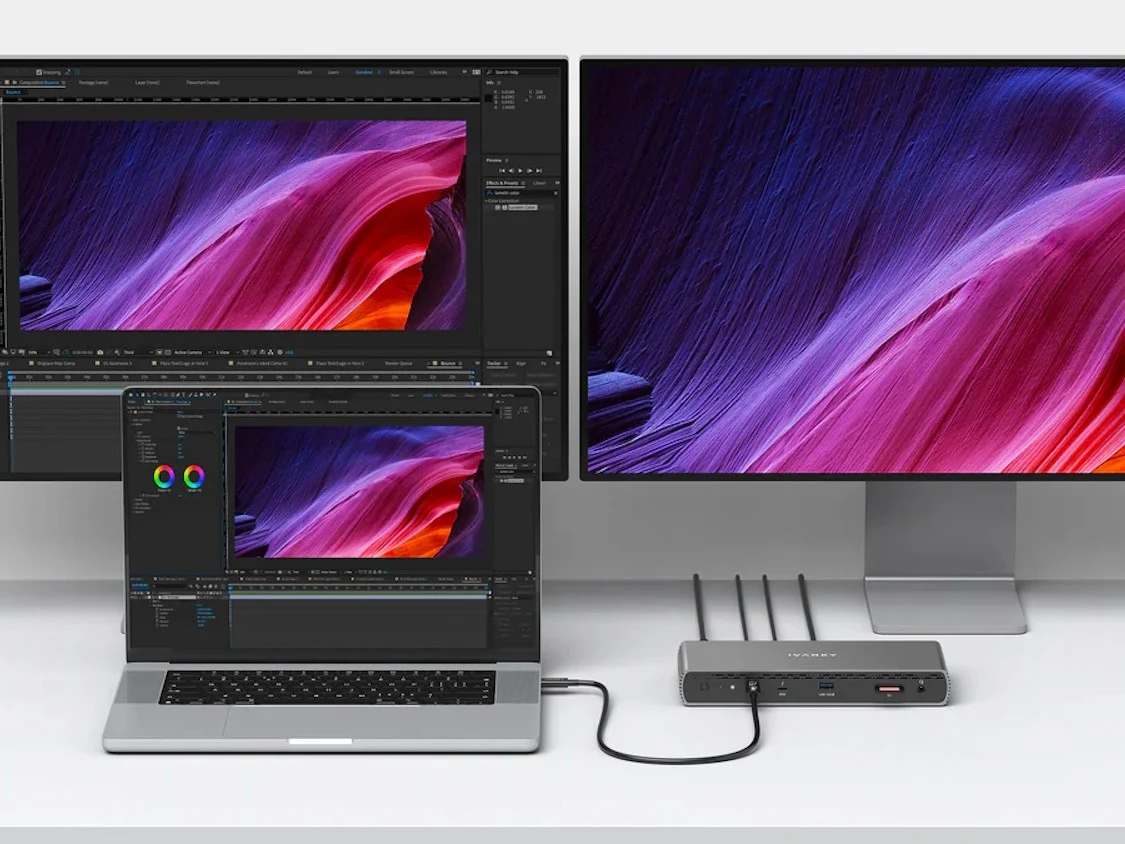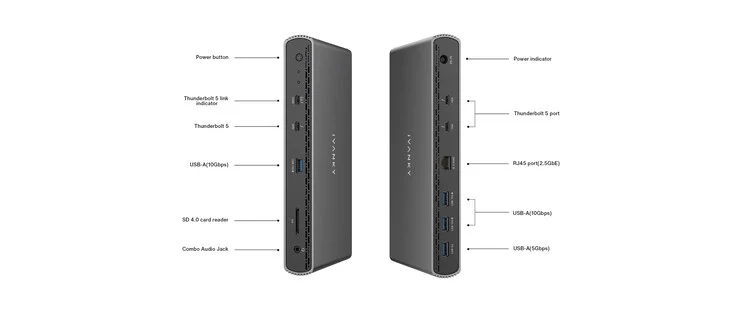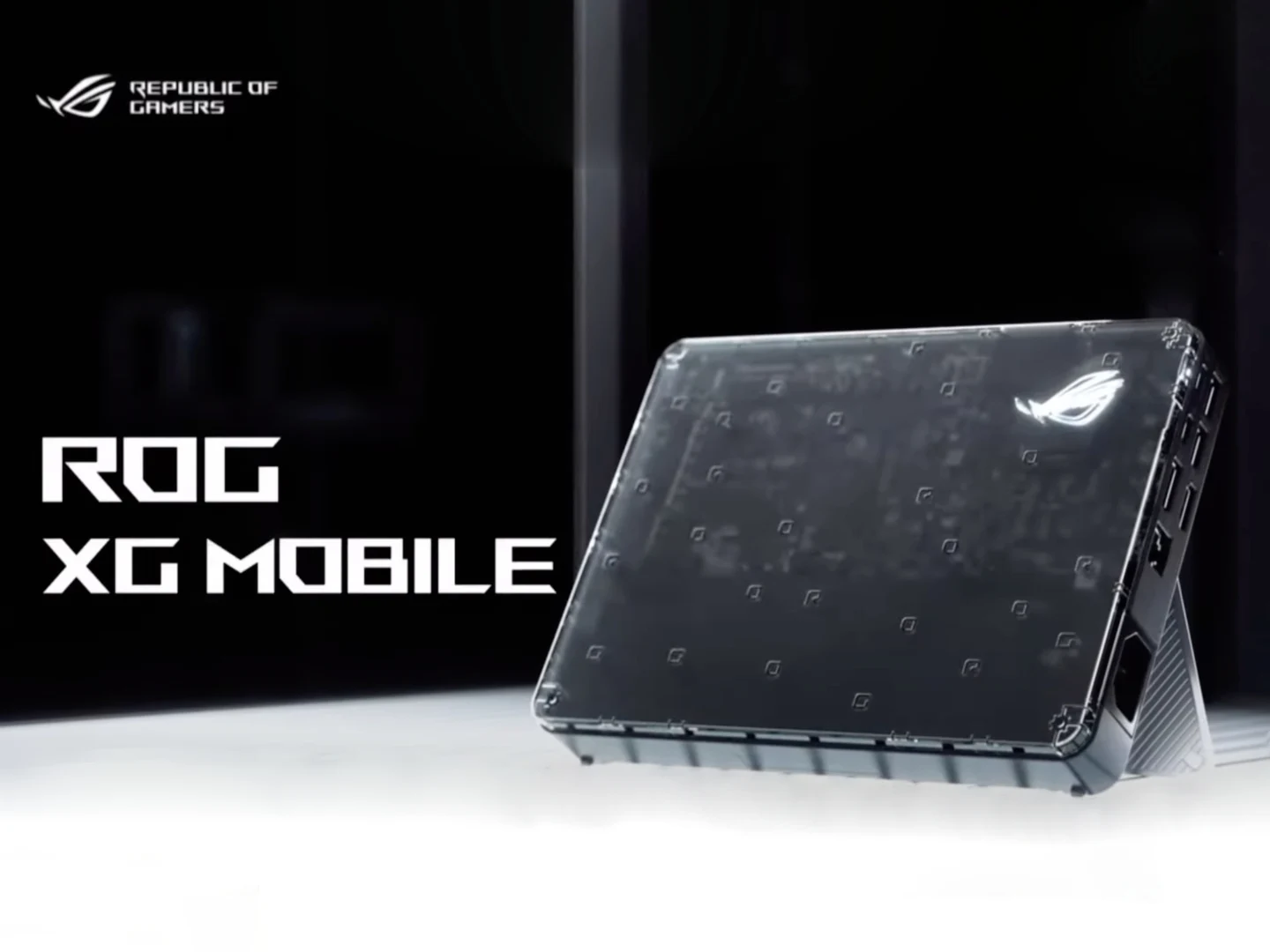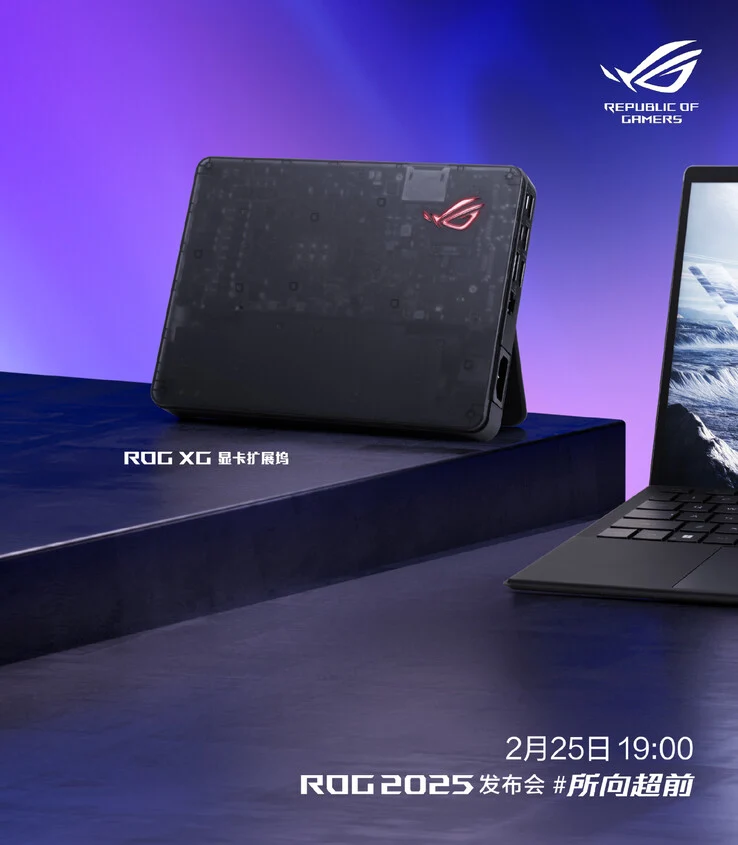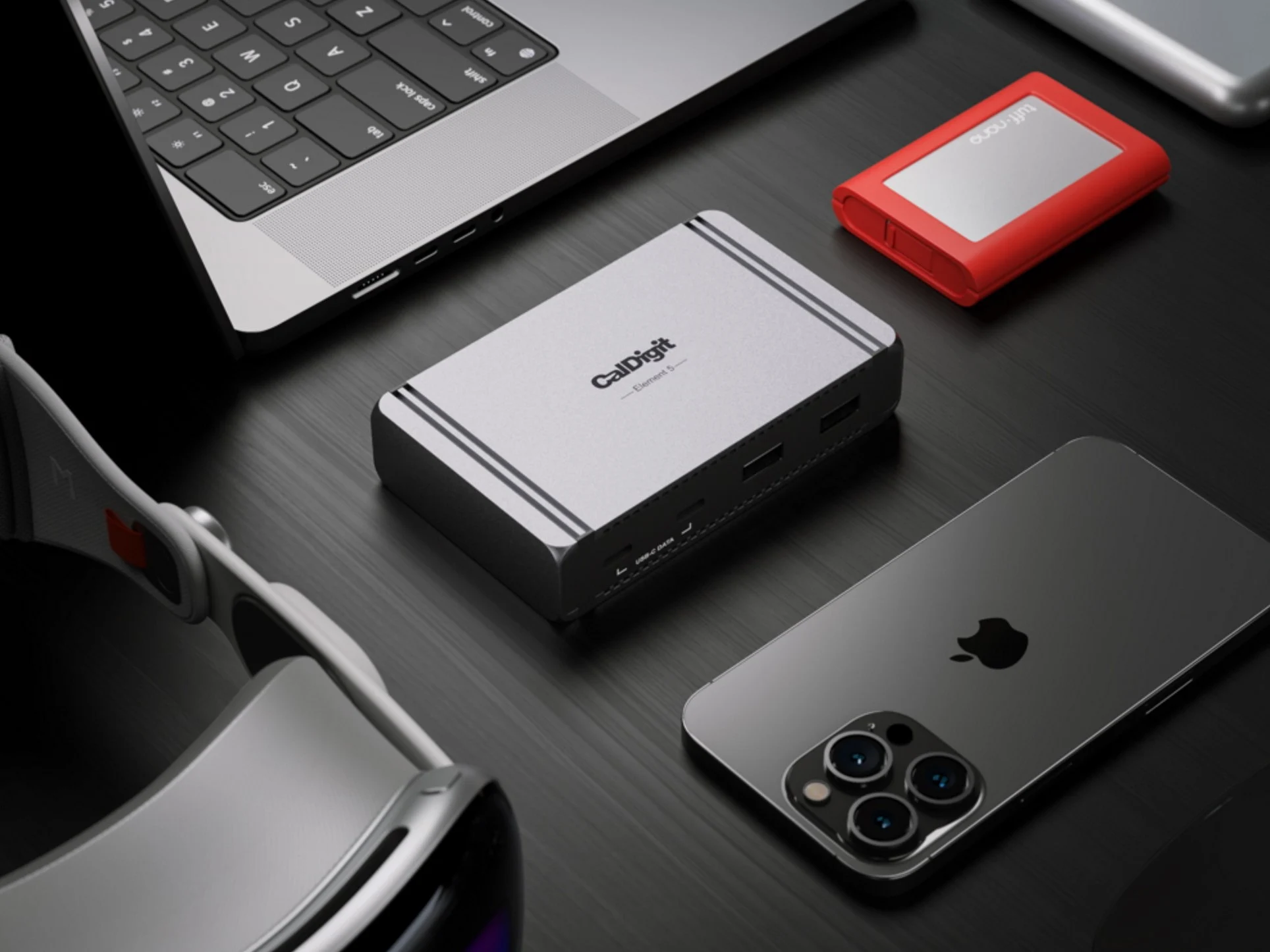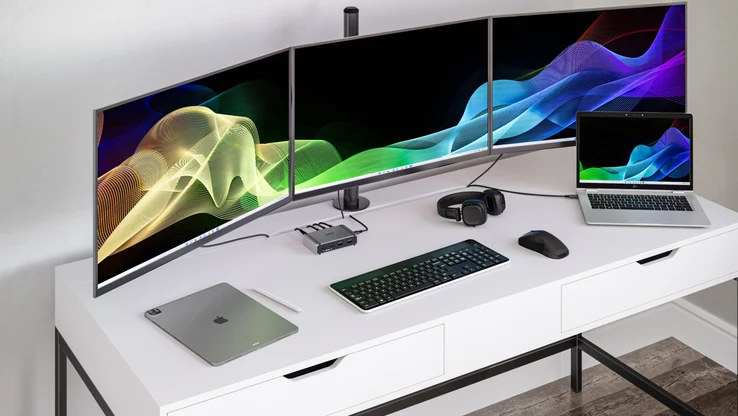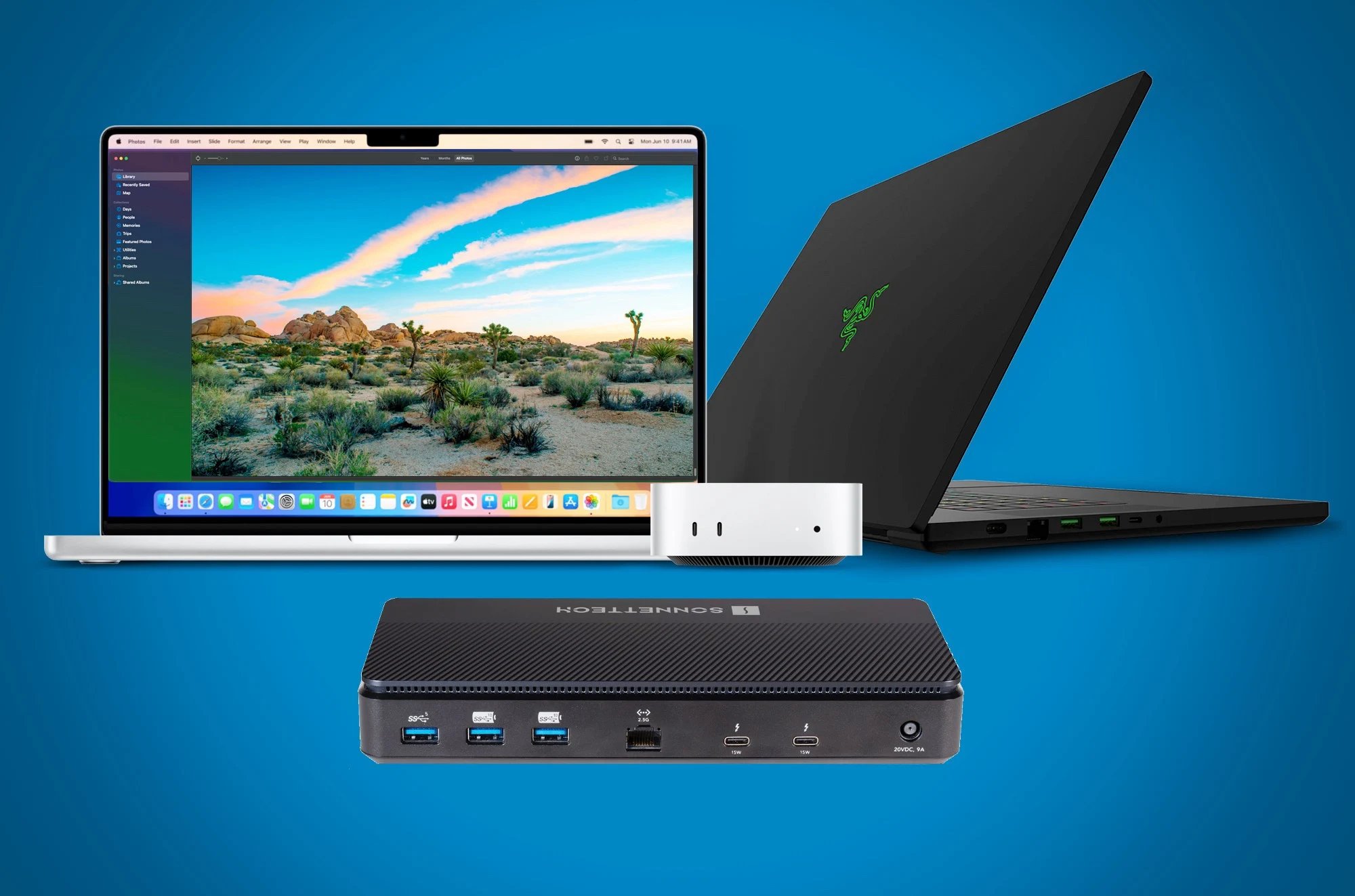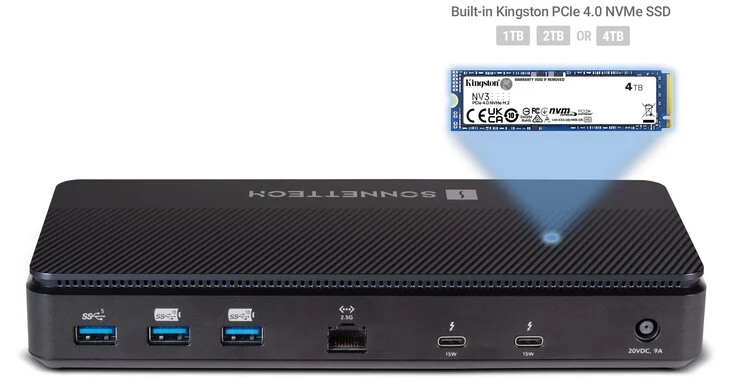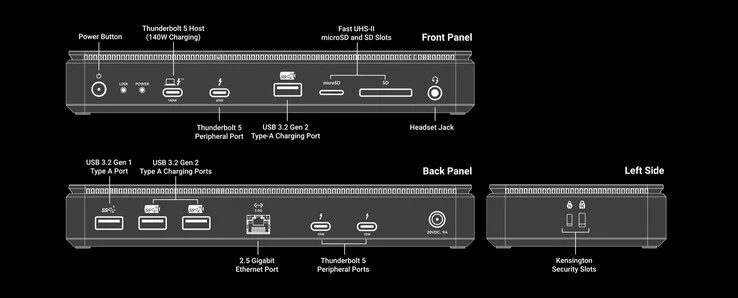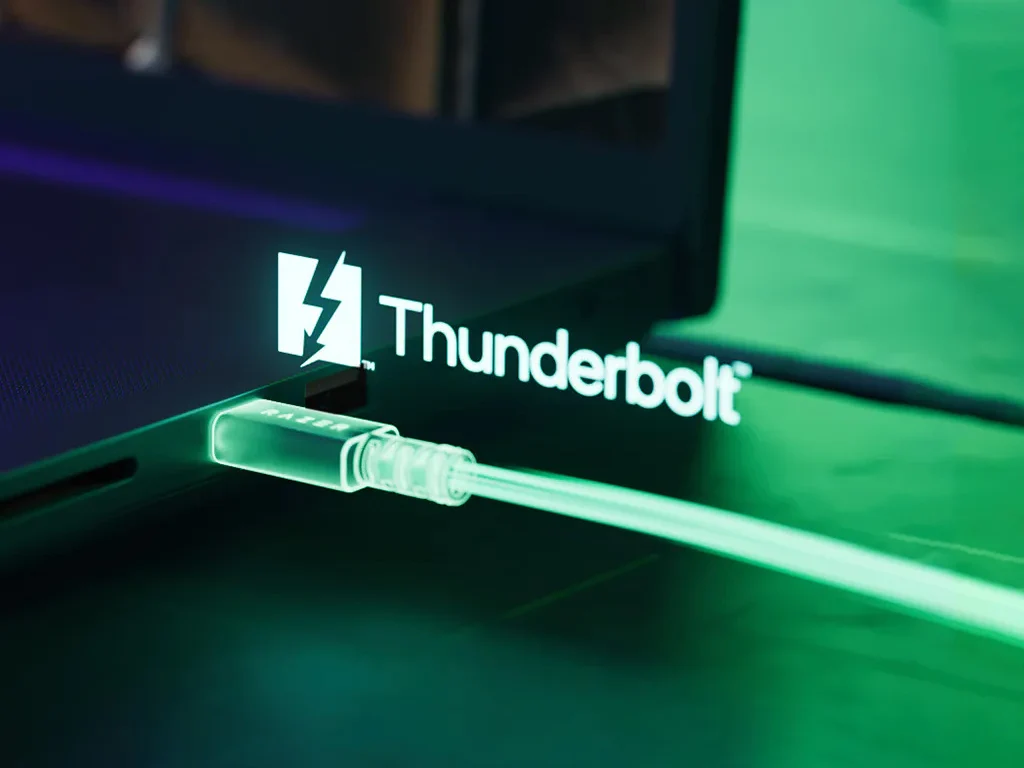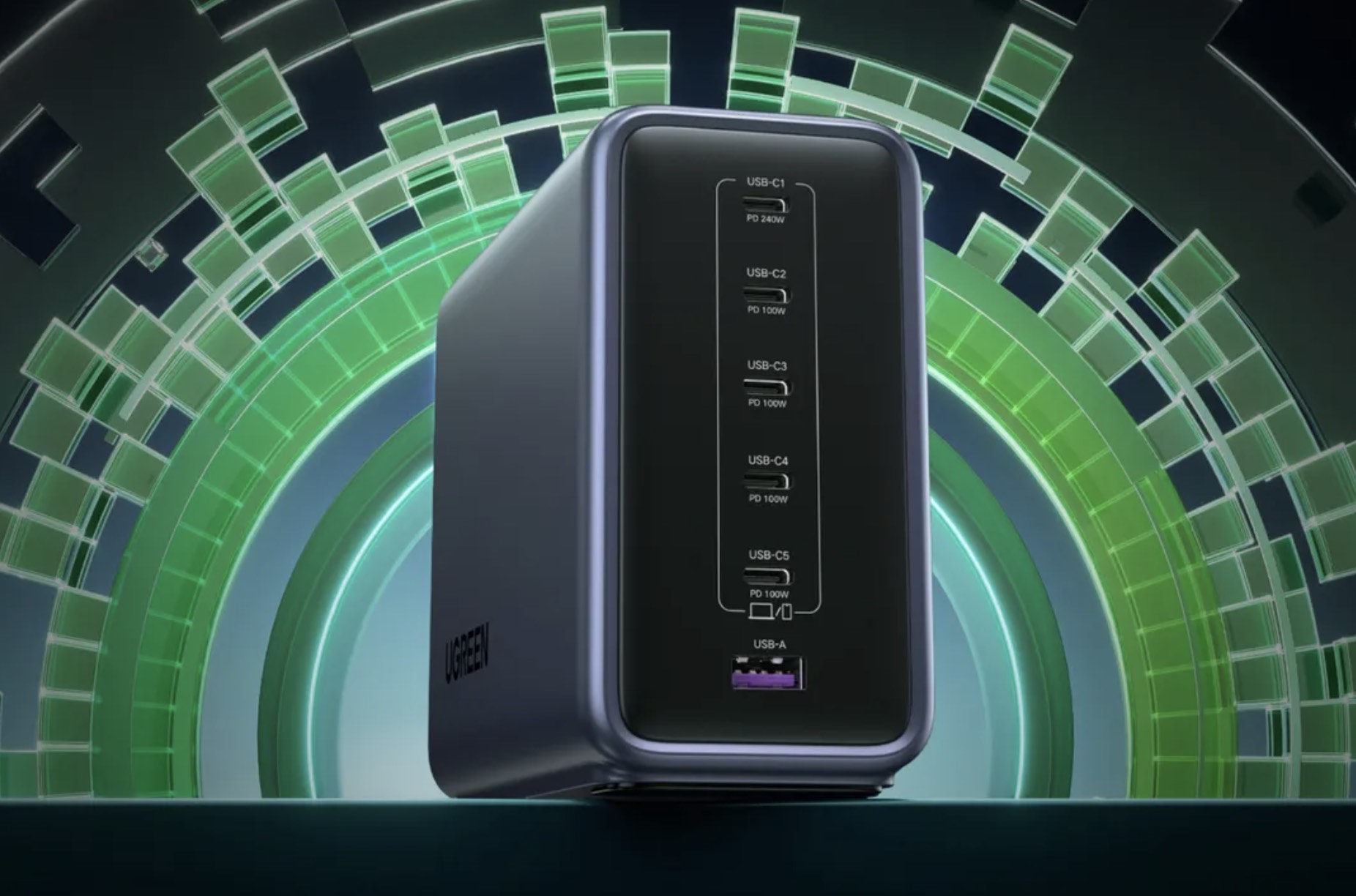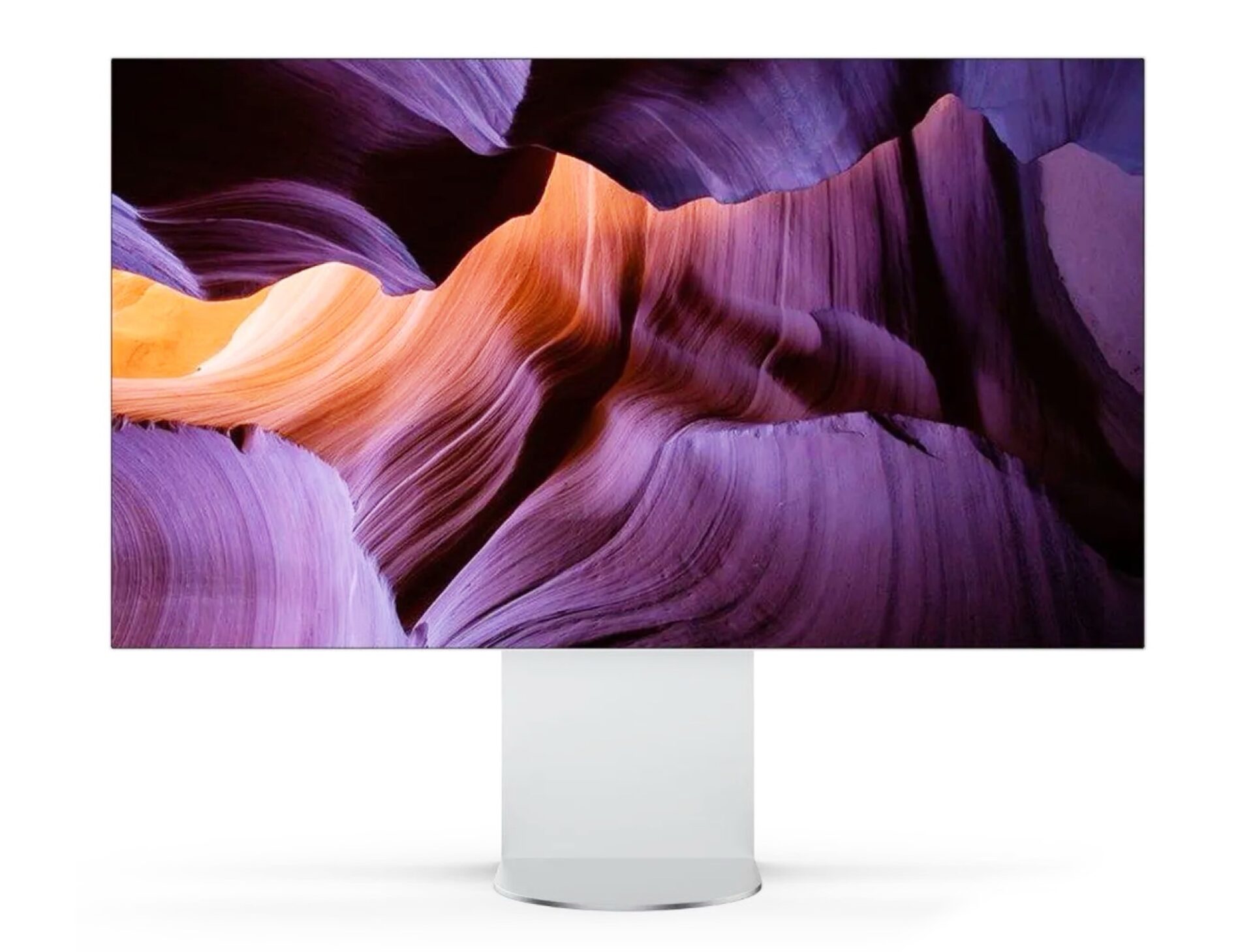Key Takeaways
– Ugreen has launched a new SSD enclosure utilizing Thunderbolt 5 technology, compatible with Thunderbolt 4 but with slower speeds.
– The maximum theoretical bandwidth of Thunderbolt 5 is 80Gbps, achievable only with Thunderbolt 5 devices.
– The enclosure can reach sequential read and write speeds over 6,000MB/s when used with fast SSDs like the Samsung 990 Pro.
– It supports M.2 2280 SSDs with a PCIe connection but does not support SATA SSDs.
– The enclosure features silicon padding for drop protection, an aluminum casing, and a built-in fan for heat management, priced at $229 (enclosure only).
There are many ways to increase the storage capacity of a laptop or computer, but only a few external options provide high-speed data transfer through the latest ports like USB4 or Thunderbolt 5. Ugreen has just launched a new SSD enclosure that utilizes Thunderbolt 5 technology, while also being compatible with Thunderbolt 4, but with slower transfer rates.
Maximum Bandwidth
It’s important to mention that the maximum theoretical bandwidth of 80Gbps is achievable only on devices that have Thunderbolt 5. Ugreen claims that this new enclosure can reach sequential read and write speeds exceeding 6,000MB/s when paired with a fast SSD. The Chinese company has shared benchmarks using various M.2 storage options, and drives like the Samsung 990 Pro show impressive performance.
Compatibility and Design
However, this enclosure is limited to supporting M.2 2280 SSDs with a PCIe connection, and it does not support SATA SSDs. In addition, the enclosure features silicon padding designed to provide protection against drops, while the outer casing is made of aluminum. A built-in fan helps manage the heat during operation. The new Ugreen 80Gbps M.2 NVMe SSD enclosure is now listed for $229 on Amazon, but keep in mind that this price is for the enclosure alone and does not include a solid-state drive.
Source:
Link


